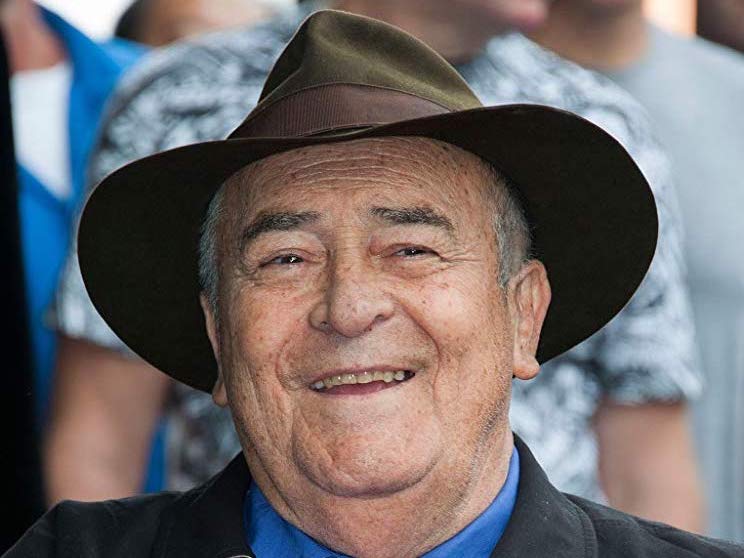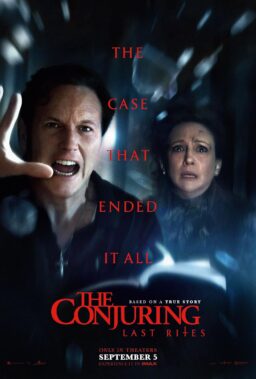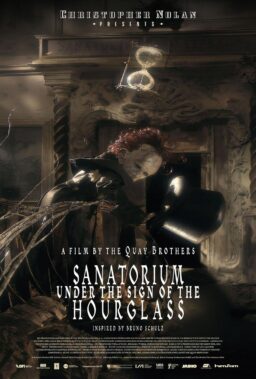Visual sumptuousness was a means and also an end in the cinema of Bernardo Bertolucci, who has died after a battle with lung cancer. He had lost the use of his legs around 2003, when his film “The Dreamers” came out, and I met him then, briefly, for an interview. His face was warm and his smile was merry, the opposite of the steely, frightened mug of Jean-Louis Trintignant in “The Conformist” (1970), which is maybe his best or most perfect movie. We spoke about the films of Roberto Rossellini, and at one point Bertolucci raised his fist and cried, “Viva Rossellini!” It showed just what a hardcore cinephile he was and remained.
Bertolucci came from an artistic family in Parma, Italy, and his father helped him to get a job as an assistant on Pier Paolo Pasolini’s “Accattone” (1961). Bertolucci made his own first film at a young age, “La commare secca” (1962), a thriller about the murder of a prostitute that featured a scene where two teenaged boys steal from a homosexual male in a park. He followed that with “Before the Revolution” (1964), a very romantic film that showcased Bertolucci’s left-wing politics, as did “Partner” (1968), which displayed the influence of Jean-Luc Godard.

He was dedicated to exploring the sub-conscious, and testing boundaries, even if there were some things that remained off-limits. The homoeroticism in Gilbert Adair’s novel The Holy Innocents, which was the basis for “The Dreamers,” was jettisoned for the film version, at least partly because the main male actors, Michael Pitt and Louis Garrel, did not want to explore the sexual attraction between their characters. Ingmar Bergman thought that Bertolucci’s “Last Tango in Paris” (1972), surely his most notorious film, was really about repressed male homosexuality. “The Conformist” is smooth and controlled, which dovetails with the point of view of the fascist main character, but “Last Tango in Paris” is out of control and deliberately alienating.
When it comes to “Last Tango,” there’s Bertolucci’s movie, which includes a sizable running subplot involving a French filmmaker character played by Jean-Pierre Leaud. There’s Brando’s movie, which is based on his improvised memories of his own boyhood. And then there’s Maria Schneider’s “Last Tango.” Schneider was 19 years old when she shot this picture with Bertolucci and Brando. On screen, she seems open and guileless and sometimes feisty, but she is clearly in over her head at several points in the narrative. Both Brando and Schneider were regretful after the release of “Last Tango,” mainly because it caused such a stir and such a scandal, but Brando was Brando and it only added to his legend. Schneider was less able to cope.

The one-two punch of “The Conformist” and “Last Tango in Paris” set Bertolucci up, and he took advantage of this to shoot “1900” (1976), a novelistic all-star epic that ran over five hours. “1900” is one of the most exuberantly “go for broke” pictures in all of cinema, and it was dependent on the lusciousness of Vittorio Storaro’s cinematography and on the boldness of a young Robert De Niro, who agreed to do a very graphic three-way sex scene that involved his character Alfredo, a prostitute named Neve (Stefania Casini), and Alfredo’s boyhood friend Olmo (Gerard Depardieu). Unlike Pitt and Garrel, De Niro showed no qualms about exploring the attraction between his character and the character played by Depardieu, and this is needed as a counterbalance to the excesses of the scenes with Donald Sutherland’s grotesque fascist villain, who at one point kills a cat on screen by bashing it over and over again with his head.
“Luna” (1979) was regarded as a failure in its time, but there are several scenes that rank with Bertolucci’s best work, particularly a sequence where the protagonist Joe (Matthew Barry) is at a theater where they are showing Marilyn Monroe in “Niagara” (1953) and gradually the roof of the theater starts to open until the moon is visible—we can still hear the soundtrack of “Niagara” as Joe stares up at the moon in wonder. This was Bertolucci at his intuitive “I want it all” best.

Bertolucci spent a long time in Hollywood in the 1980s trying to get a film done of Dashiell Hammett’s “Red Harvest,” and surely this must have been very frustrating, but he re-emerged to take the Best Picture Oscar for “The Last Emperor” (1987), another epic, this time set in China, that was best in its small, intimate moments. Bertolucci made four films in the 1990s, including an adaptation of Paul Bowles’ “The Sheltering Sky” (1990) and the highly erotic “Stealing Beauty” (1996), where Liv Tyler very consciously uses her own virginity as a lure.
He was married for nearly 40 years to the director and screenwriter Clare Peploe, for whom he co-wrote a very sexy film she directed, “The Triumph of Love” (2001). “The Dreamers” was built around a three-way dynamic and a love of cinema, but it did not have the juice or intensity of his earlier movies lensed by Storaro. His last film, “Me and You” (2012), is about a relationship between a brother and half-sister, returning Bertolucci to the taboo-breaking incestuous flavor of films like “The Dreamers” and “Luna,” where Jill Clayburgh’s opera diva gives a hand-job to her own son as if she is administering strong medicine.
Bertolucci’s achievement is tricky to read at this juncture. “The Conformist” seems set to last, and there are still pleasures to be had from his early movies and from parts of “1900” and “Luna” and several of the later films. The surfaces of these pictures, as realized by Storaro, are self-sufficiently lustrous. Storaro provided Bertolucci with the vibrantly colored there-ness of everything in his frames (the visual prison-bar motif of “The Conformist” is nearly deliriously realized).
Bertolucci was the opposite of austere, providing the element of danger in these movies—this was dependent on plumbing a sub-conscious that could be seen as out-of-date in some areas, but that was part of taking such risks. Sometimes it felt like Bertolucci was providing the idea of a certain type of Italian film director of his time, and that idea was meant to be more than the sum of his filmography. I think of his films and I think of the texture of skin, a beautiful naked girl or boy brushing their teeth at a sink, and pain making its stealthy way into any pain-free utopia that people might want to create together.












